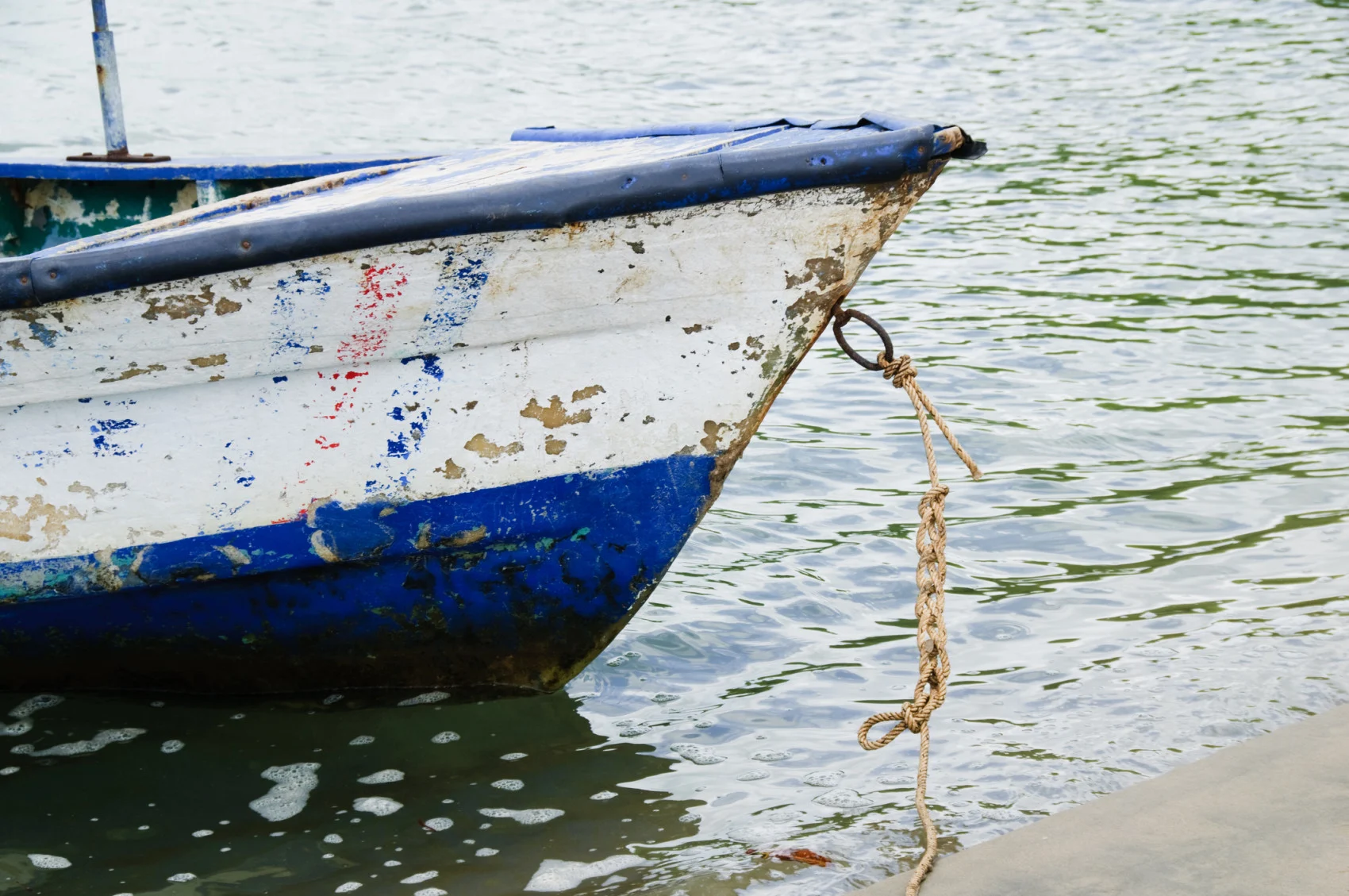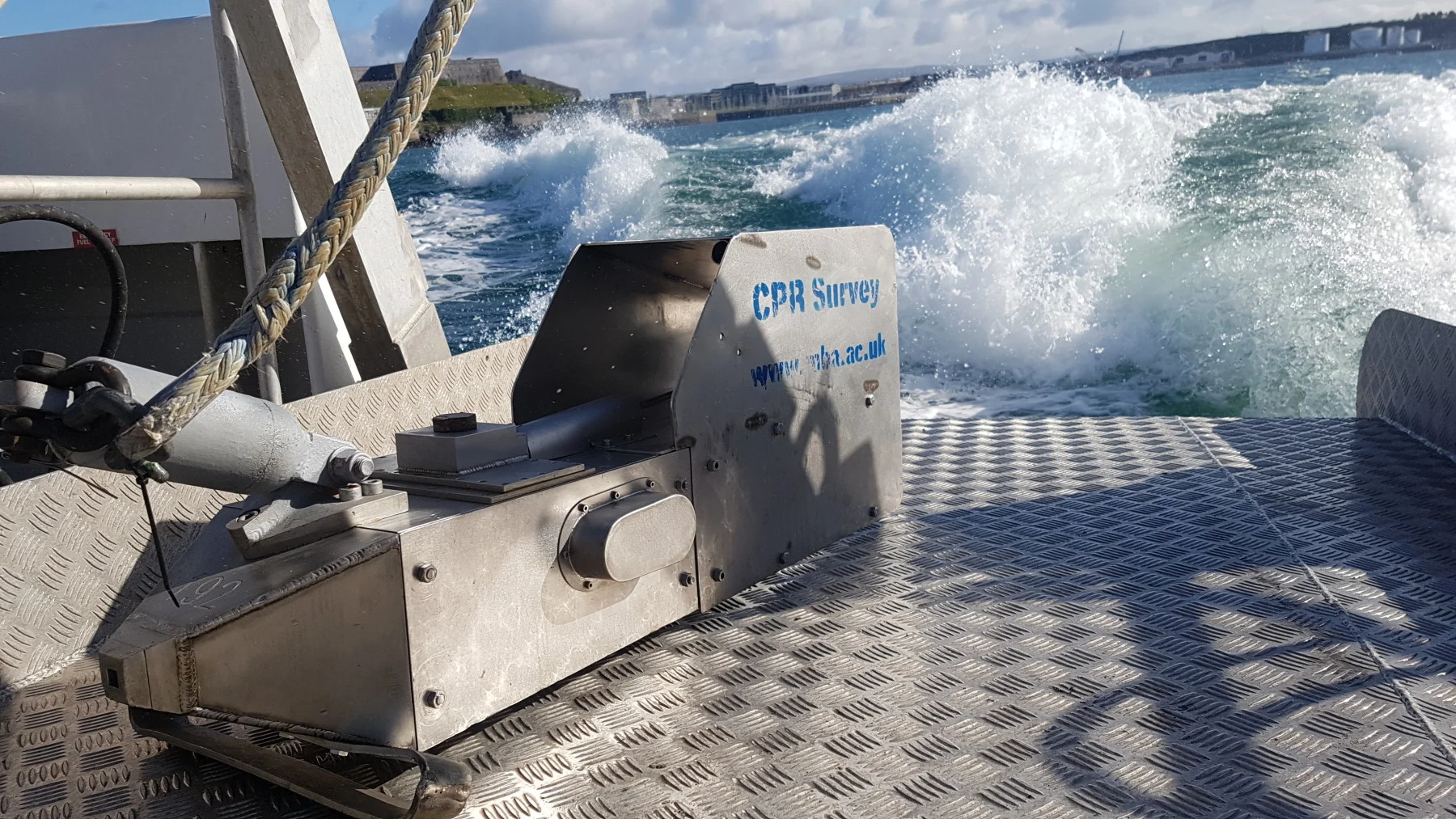
Paint particles are an “abundant” microplastic in the oceans, study finds
Paint flakes can contain elements like lead and iron due to their anti-corrosive and antifouling properties, which can be dangerous to marine life.
Scientists say that one of the most common microplastics in the oceans is a material that many of us wouldn’t immediately think of — flakes of paint.
In 2018 researchers from the University of Plymouth collected over 3,600 samples of seawater in the North Atlantic region, including the Arctic, Spain, the eastern United States, and Sweden.
Their study found that each cubic metre of seawater they sampled contained an average of 0.01 paint flakes. The amount of microplastic fibres found in the same volume of water ranged from 0.16 particles per cubic metre, which is the highest recorded abundance of oceanic microplastics.

A microscopic paint flake, measuring around 320μm in diameter, that was collected in the Southern North Sea. (Andrew Turner/ University of Plymouth)
The press release says that paint flakes may be one of the most common types of microplastic particles that exist in the ocean.
In addition to the physical threats that the brittle, angular flakes themselves pose, they also contain high levels of copper, lead, tin, and iron, which presents numerous health risks for many species that are ingesting the flakes, such as neurotoxicity.
“Paint particles have often been an overlooked component of marine microplastics but this study shows that they are relatively abundant in the ocean. The presence of toxic metals like lead and copper pose additional risks to wildlife,” stated Dr. Andrew Turner, Associate Professor in Environmental Sciences at the University of Plymouth and the study’s lead author.
The paint flakes were found to be more densely distributed near the shorelines of countries in northwest Europe than in open or more remote ocean environments. Analysis of the flakes revealed that many likely originated on the hulls of ships and other painted parts of the vessels that traverse the Atlantic.

Seawater samples were collected with the Continuous Plankton Recorder, which is fitted with silk meshes and is towed in surface waters similar to the spaces occupied by marine mammals. (Marine Biological Association)
“We now know that plastics are everywhere, and that most organisms are likely ingesting them, however there is less known about how harmful this ingestion might be. This study has highlighted that paint flakes are an abundant form of microplastic that should not be overlooked, particularly as some may have toxic properties,” stated Dr. Clare Ostle, co-author of the study and coordinator of Pacific Continuous Plankton Recorder Survey, Marine Biological Association.
The study concludes that the abundance and metallic nature of the paint flakes warrants increased research and monitoring so more can be learned about how they impact oceanic environments and organisms.
Thumbnail credit: OGphoto/ iStock/ Getty Images Plus












